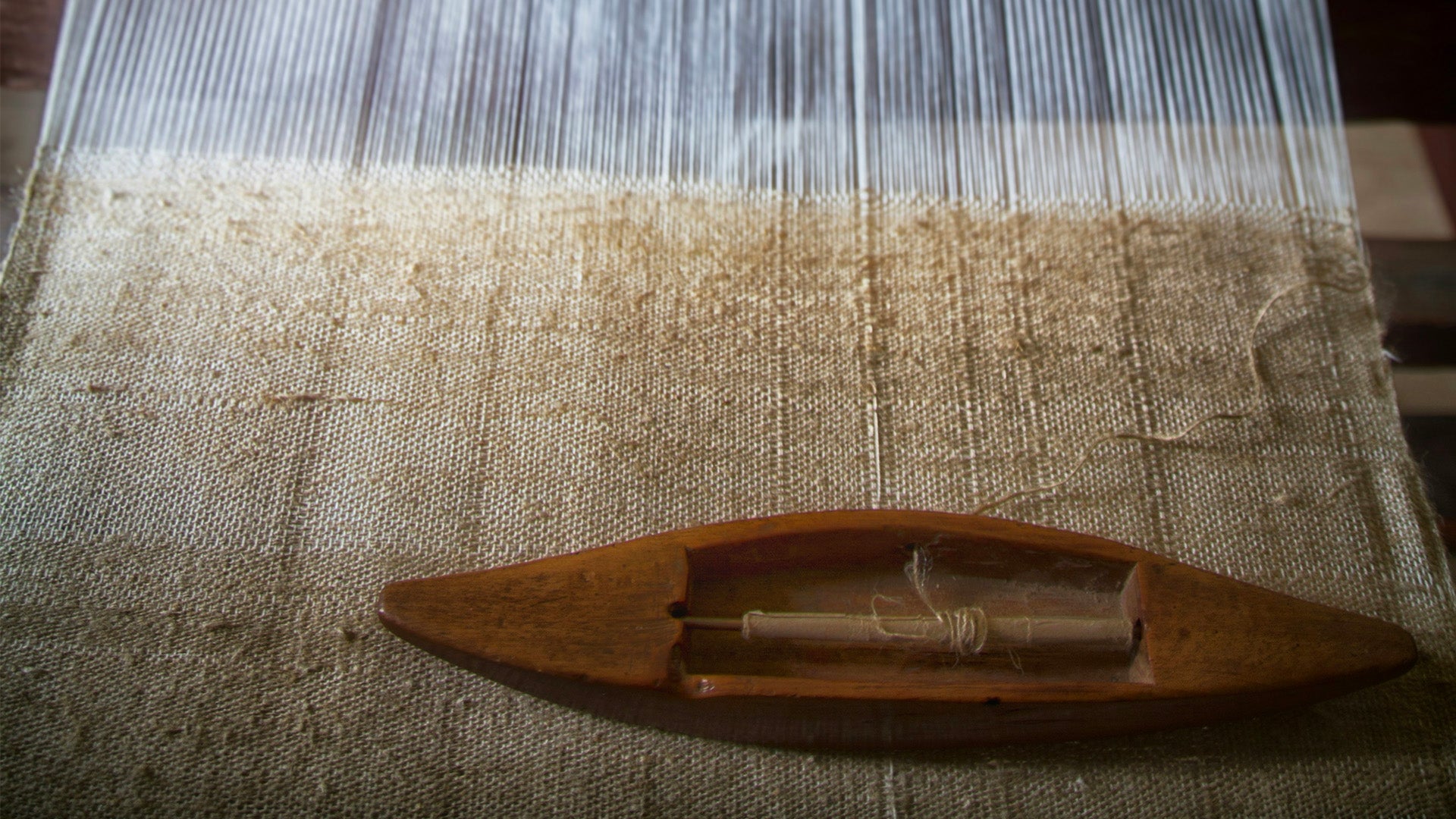MATERIALS
NATURAL MATERIALS

COTTON
Cotton is a natural plant fiber, and it is the most widely used in the world due to its many qualities: the fabric produced is absorbent, comfortable, hypoallergenic, and inexpensive. However, its cultivation is highly polluting, requiring numerous fertilizers and pesticides and consuming a lot of water. In addition, chemicals such as dyes used in the manufacture of cotton clothing are harmful to the environment, producers, and consumers.
Therefore, organic cotton or recycled cotton should be favored. Indeed, organic cotton is grown with natural, non-chemical pesticides and fertilizers, which helps preserve the soil, surrounding ecosystems, and worker health. Furthermore, its cultivation requires less water thanks to the better quality of the soil, and the dyes used do not contain heavy metals. Recycled cotton is also a good alternative to traditional cotton: it is created by mechanically crushing clothing to recover the cotton fiber and spin it to make new fabrics.

LINEN
Flax is a plant that grows in temperate zones near the sea, particularly in France, which is the leading producer with 75% of global production.
Renowned for its strength, this plant fiber is also very environmentally friendly. Its cultivation requires very little water and pesticides, making it a very eco-friendly material. Organic linen is even more so since it uses neither chemical fertilizers nor pesticides.
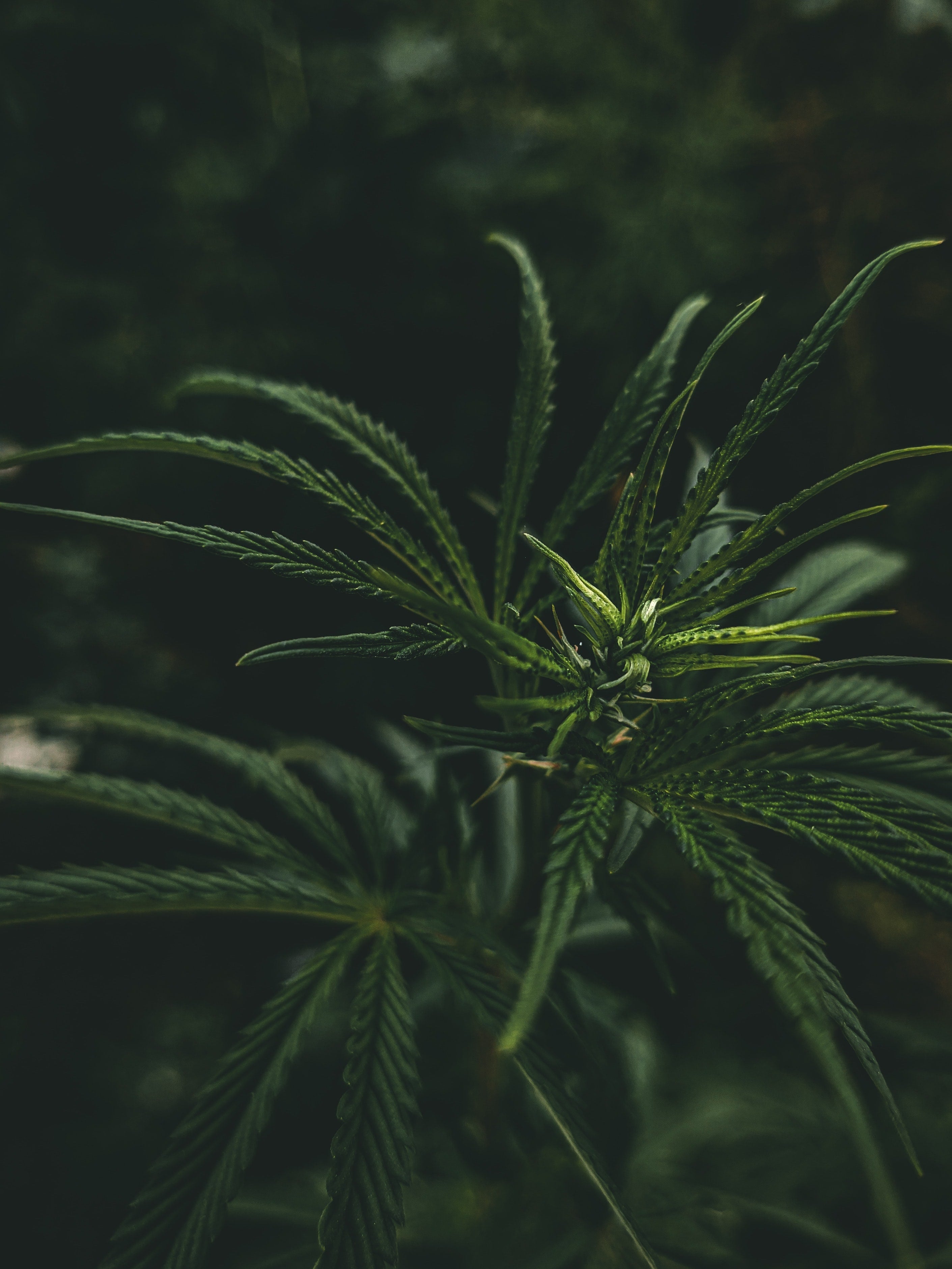
HEMP
Like linen, hemp is a natural plant fiber that is highly environmentally friendly because it requires no irrigation and is highly disease-resistant. It grows quickly and therefore requires little or no fertilizer or pesticides. Hemp fibers come from a specific variety of the cannabis sativa plant, sometimes called industrial hemp. Its highly durable fibers have a wide variety of uses, including fabric and rope manufacturing, construction, and cosmetics.
Long neglected in favor of artificial fibers, particularly because of its resemblance to marijuana, which led to its prohibition in many parts of the world, this fiber is coming back into fashion due to its ecological advantages and interesting mechanical properties.
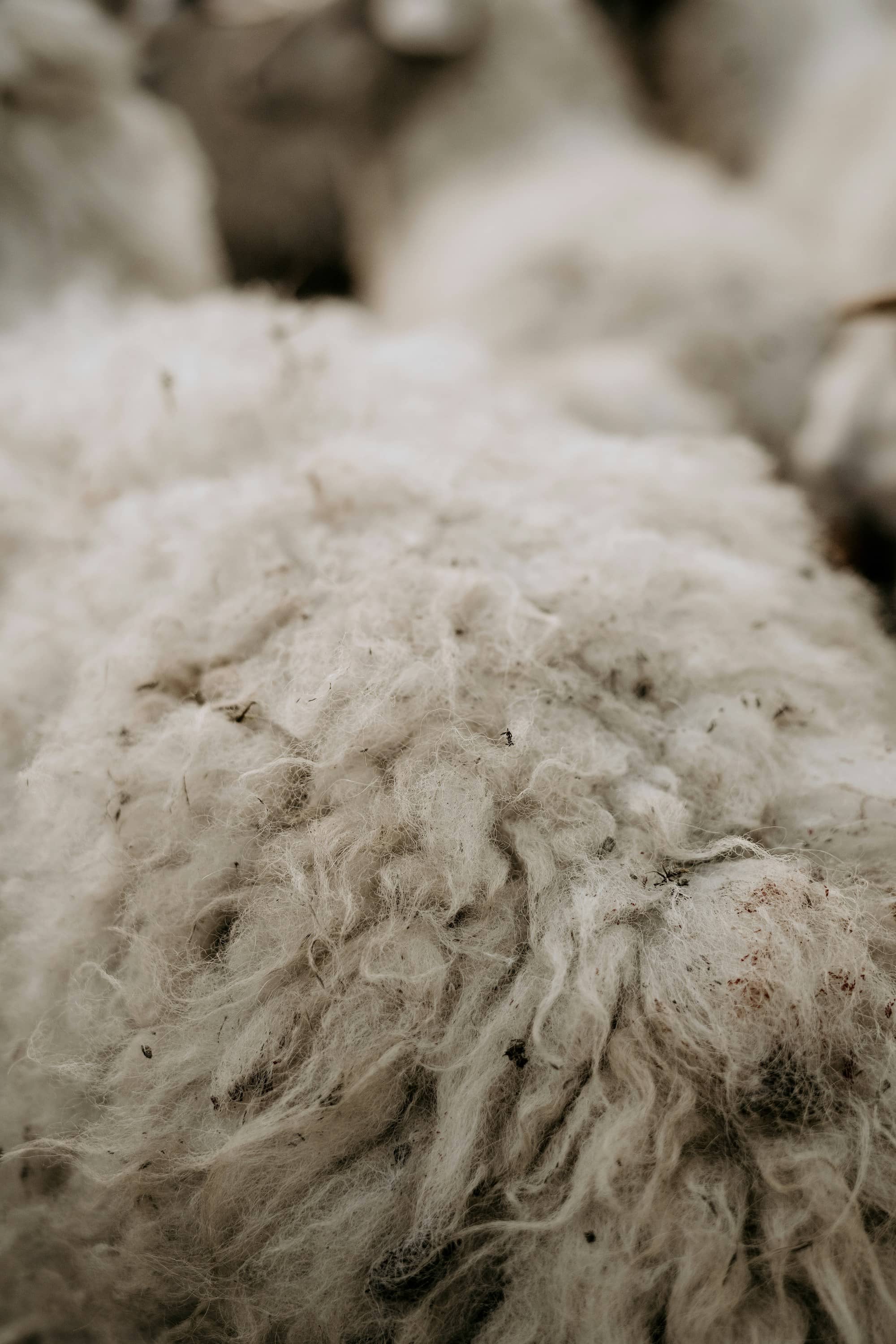
WOOL
Wool is a natural animal fiber, most often derived from sheep, but it can also come from goats or alpacas, for example. It is a material that has a significant environmental impact, particularly because the animals emit methane, a greenhouse gas. On the other hand, some denounce the mistreatment of animals on large farms.
It is therefore preferable to choose organic wool clothing to guarantee respect for animals and the environment during production, or recycled wool to avoid the creation of new raw material by reusing what already exists.
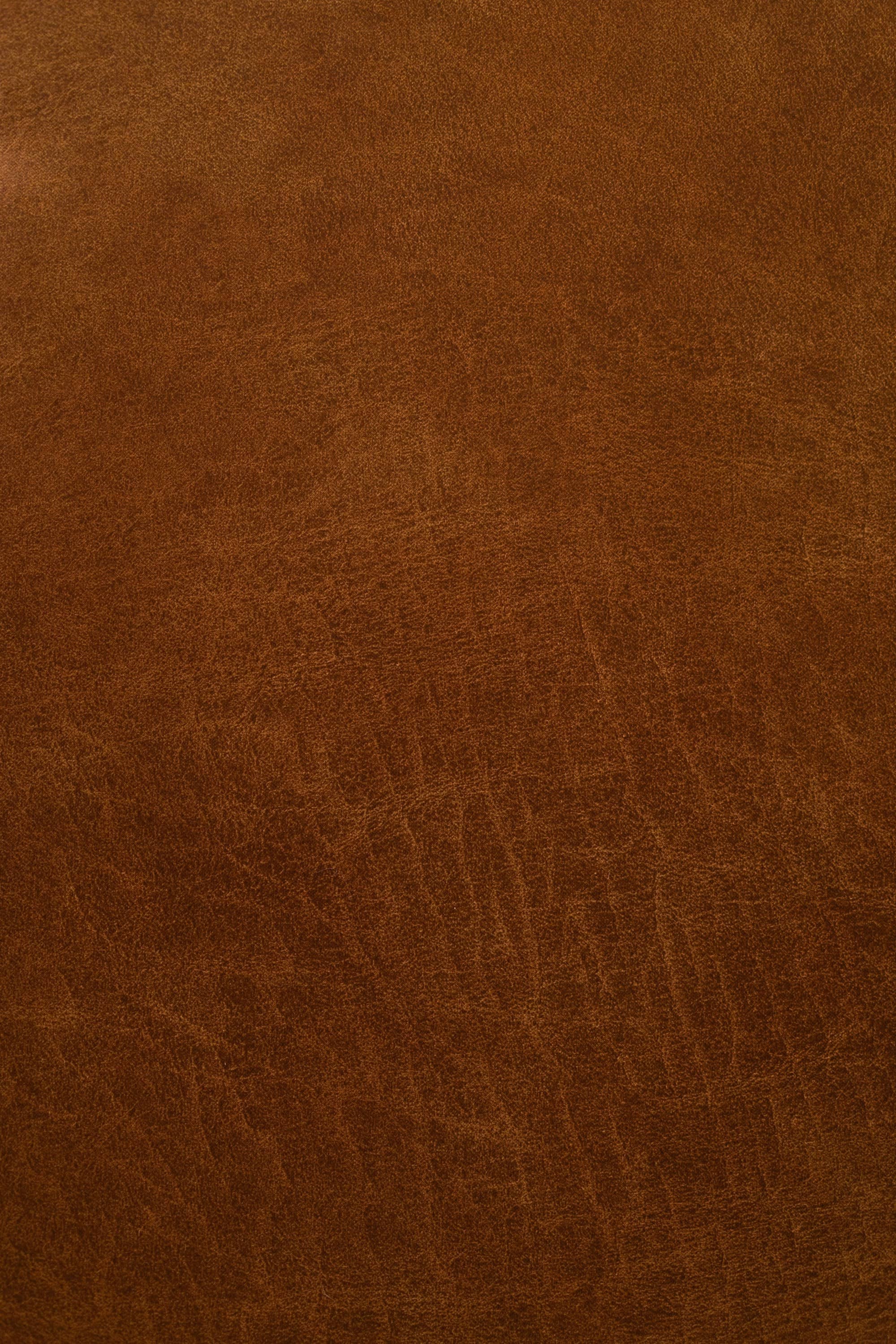
LEATHER
Leather refers to a material derived from animal skin, which then undergoes several transformations to be used to make clothing or accessories such as shoes, bags, and belts. Raising animals, often cattle, for leather production, as well as the various treatments subsequently applied to the skin, are harmful to the environment and contribute to animal suffering.
However, leather remains a particularly suitable and durable material for footwear. The Leather Working Group (LWG) label plays a vital role in promoting sustainability in the leather industry, and its efforts help reduce the environmental and social impacts of leather production. LWG-certified leather used for sneakers qualifies it as an ethical material.
Another ethical alternative is the use of recycled leather, which is made by mixing different leathers, which are recovered and ground, then mixed with latex to create a paste that will be dried to produce new leather. This material therefore has the advantage of reducing leather waste and allowing the creation of new objects without the need to produce leather.
ARTIFICIAL MATERIALS

VISCOSE
Viscose is a plant-based plastic (as opposed to petroleum-based materials) obtained by subjecting cellulose to chemical and physical treatments to dissolve and shape it. This allows for the creation of fabrics that are more fluid and softer than using plant fibers directly.
The plants used for viscose are usually eucalyptus or bamboo, which is a very ecological plant, as it grows easily, without fertilizers or pesticides and with little water.
However, the chemical processes used are often toxic and highly polluting. In addition, these materials use a lot of natural resources and contribute to deforestation, since it takes 1 kg of plant material to produce 400 g of viscose fibers.
There are, however, responsible viscose products such as Tencel Lyocell, Lenzing Ecovero, and Modal. These terms correspond to processes that all share respect for the environment through the use of non-toxic solvents and the use of wood pulp from sustainably managed forests.
SYNTHETIC MATERIALS
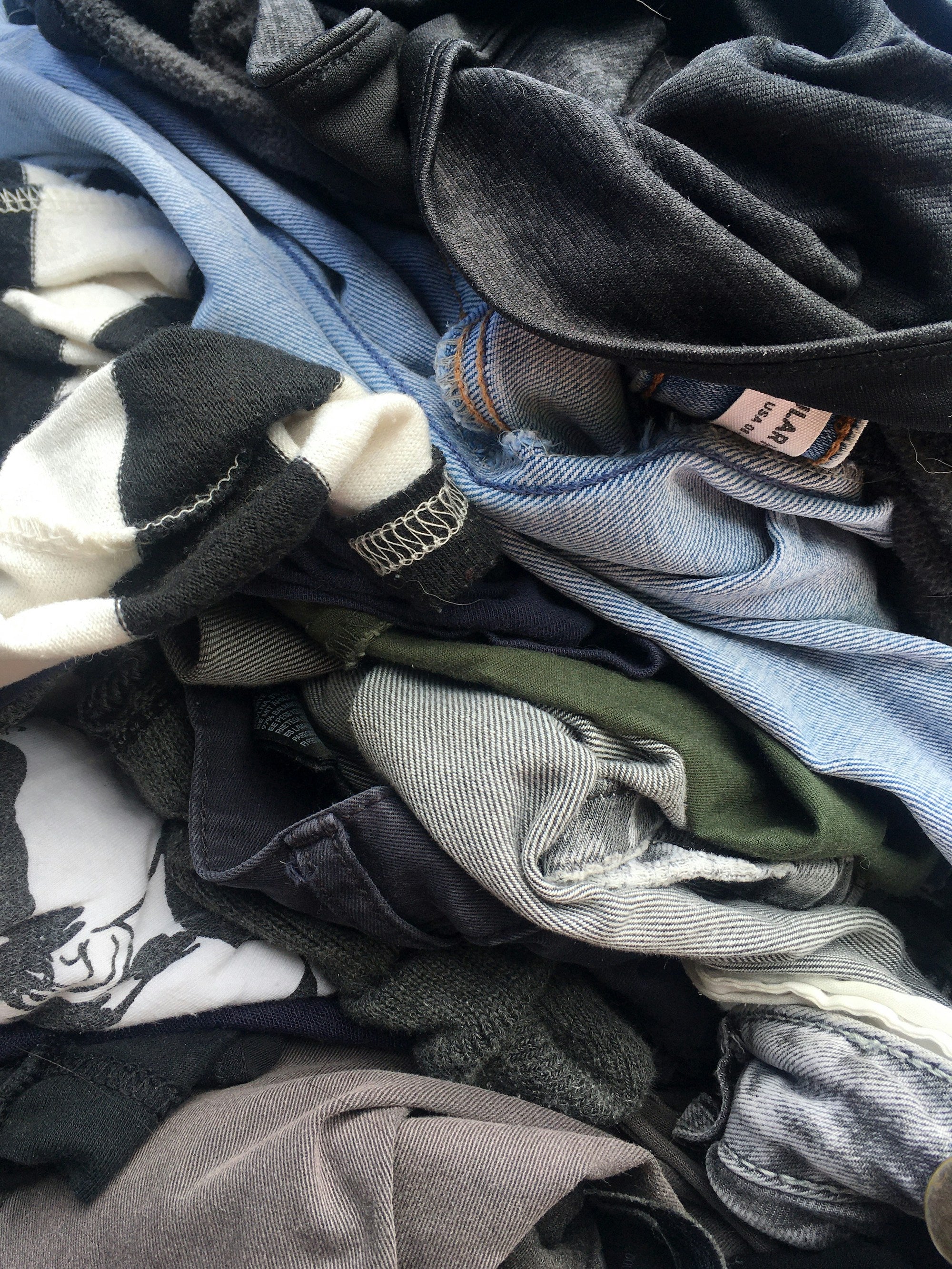
ELASTANE
Elastane is made from polyurethane, a petroleum-based molecule. This material, valued for its elasticity, is found in many garments, particularly sportswear. However, its manufacturing process is polluting because it requires the use of petroleum and chemical solvents that are harmful to the environment. It also pollutes during washing because it releases microplastic particles with each wash, contributing to the pollution of waterways.
It is therefore necessary to favor recycled elastane to limit the harmful effects linked to its production, and to wash clothes containing it in bags that filter microplastics, such as the Guppy friend.
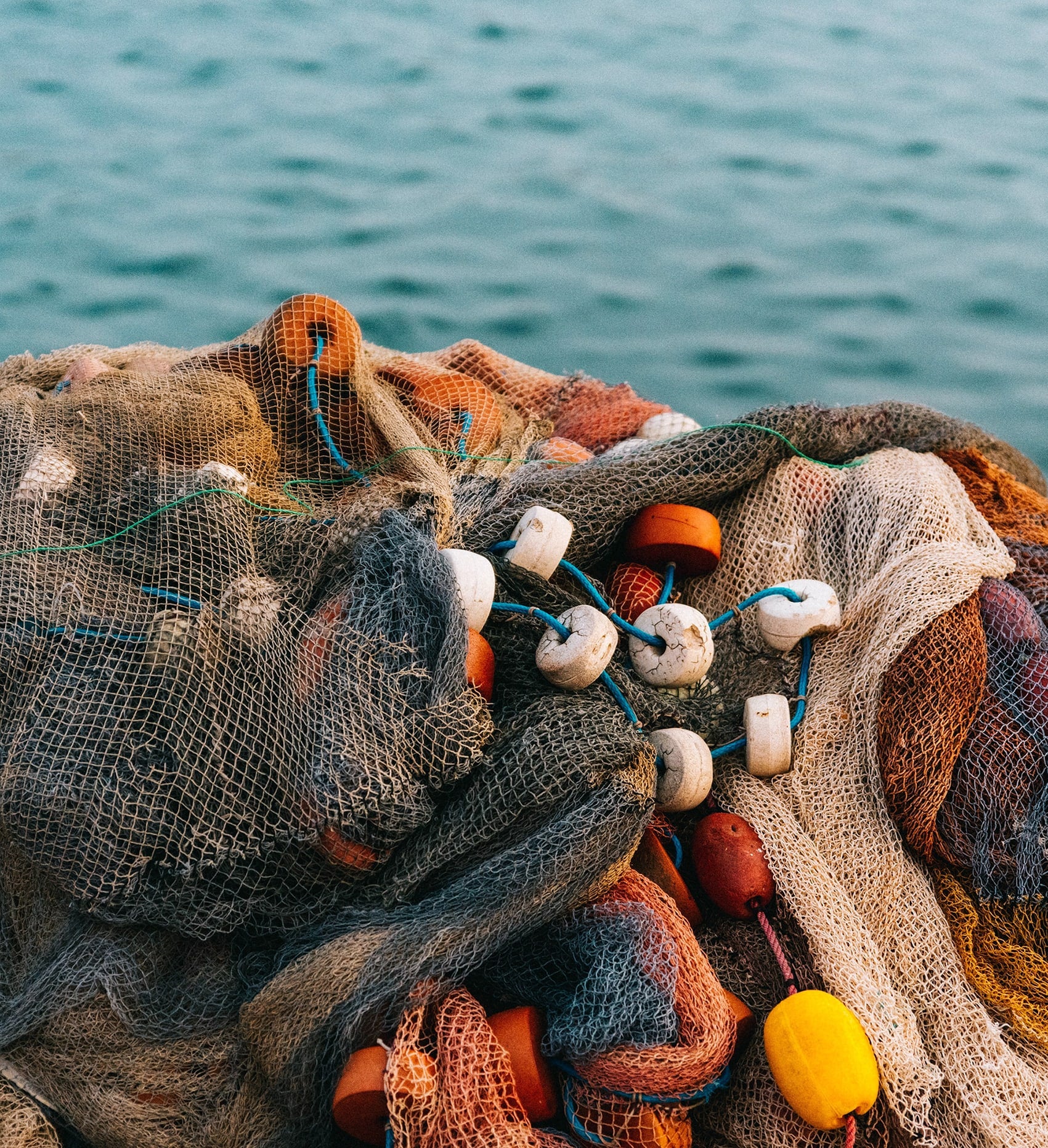
POLYAMIDE
Polyamides are a family of molecules derived from petroleum, one of the best known of which is polyamide 6-6 or nylon. It is a material appreciated for its resistance but which presents the same problems as any synthetic chemical fiber, namely polluting manufacturing because it requires petroleum and chemical solvents, and pollution of waterways by microplastics during washing.
To limit the harmful effects of producing this material, it is important to choose recycled polyamide or nylon, which also helps reduce waste. For example, ECONYL® yarn is produced by recycling fishing nets and other discarded nylons.
Just like clothes containing elastane, clothes containing polyamide can be washed in a microplastic filter bag, such as the Guppy friend.
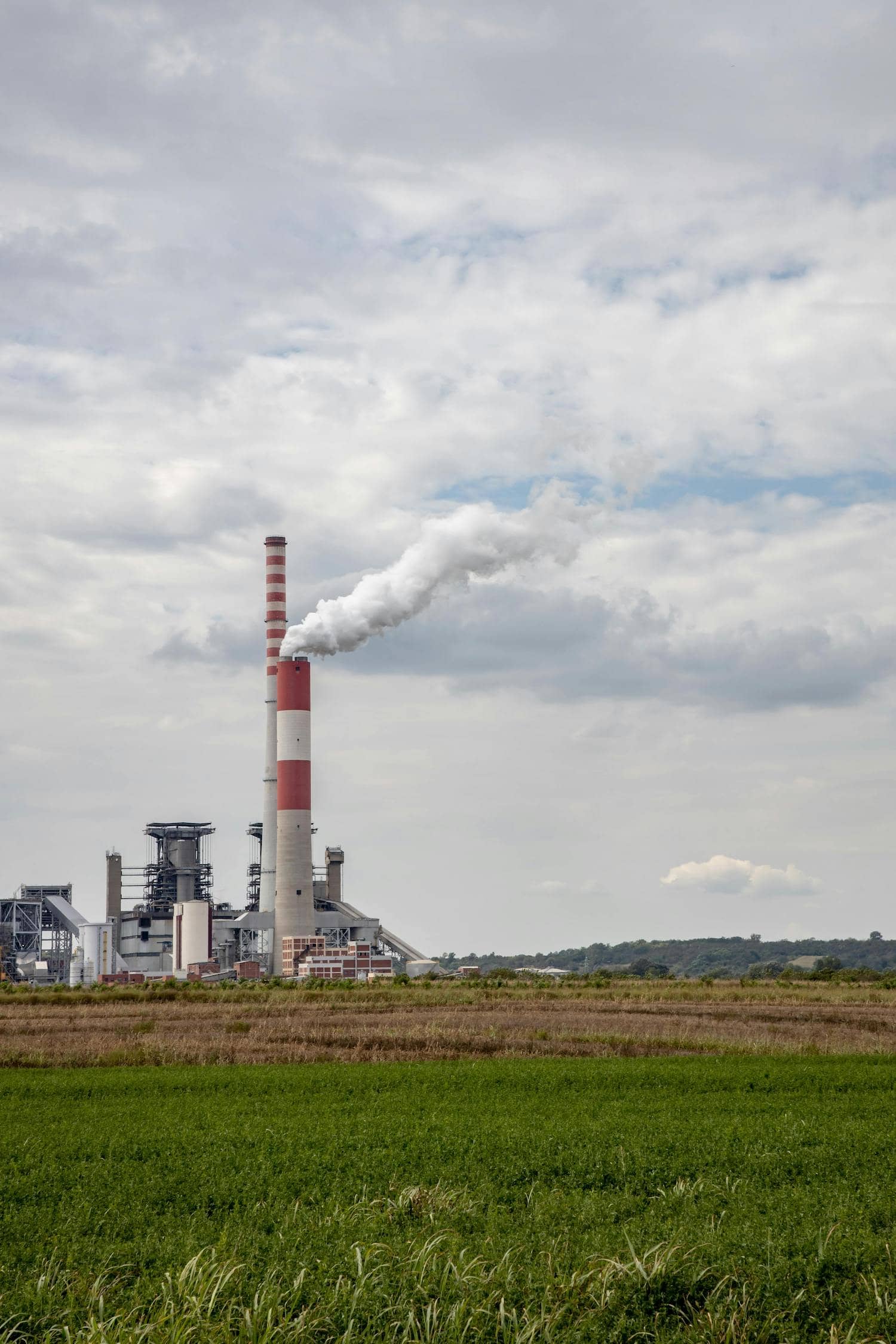
POLYESTER
Polyester is a synthetic artificial material derived from petroleum, widely used in the textile industry. Polyester accounts for 70% of the synthetic textile fibers used in clothing, and approximately 42 million tons are produced each year. It is a material valued for its strength, elasticity, low absorbency, and anti-UV properties. However, it presents the same problems as any synthetic chemical fiber: polluting manufacturing because it requires petroleum and chemical solvents, and pollution of waterways by microplastics during washing.
To limit the harmful effects of this material's production, it's important to choose recycled polyester, which also helps reduce waste. This material is useful for more technical items like swimsuits, raincoats, and parkas. Just like clothing containing elastane, polyester-containing clothing can be washed in a microplastic-filtering bag, such as the Guppy Friend.
UPCYCLING
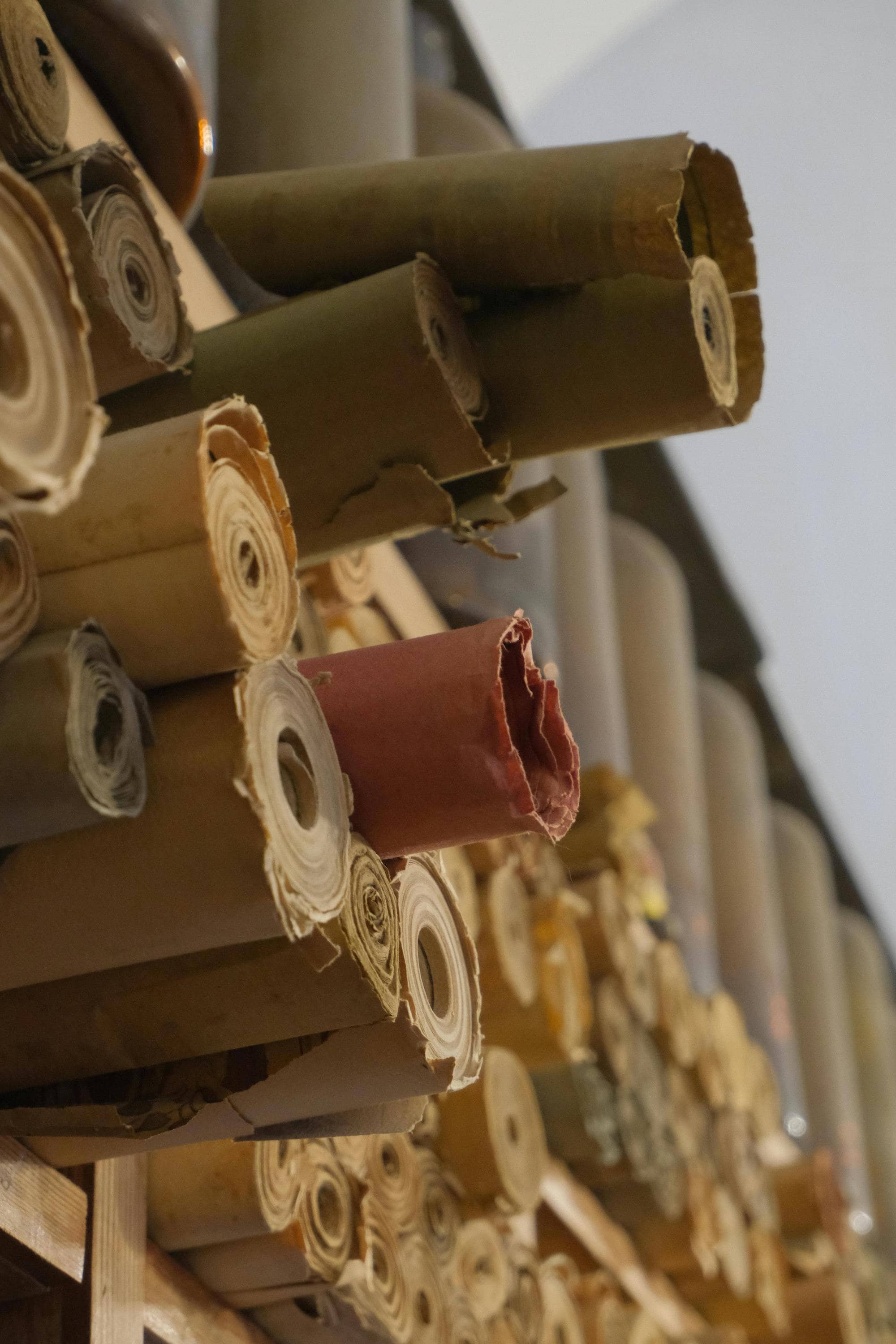
UPCYCLING
Upcycling is the reuse of old clothes or fabric scraps to make new clothes.
This has the dual benefit of reducing waste and avoiding the production of new fabrics, which has an ecological cost.
This differs from recycling because the materials do not undergo major transformations, they are not destroyed but simply reused as is to create new clothes.





